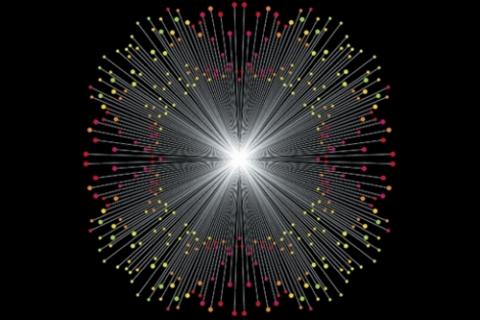
On February 23, 2012, OPERA (Oscillation Project with Emulsion Rack Apparatus) released a statement confirming the rumours that had been circulating within the scientific community since earlier in the week: they had identified two serious errors in their faster-than-light neutrino experiment. Both of these are errors appear to be mechanical in nature and connected to the global positioning system (GPS) employed by OPERA.
An official statement released by OPERA outlines both issues:
“The first one is linked to the oscillator used to produce the events time-stamps in between the GPS synchronizations. The second point is related to the connection of the optical fiber bringing the external GPS signal to the OPERA master clock… These two issues can modify the neutrino time of flight in opposite directions.”
It is important to note that both problems with the experiment will not serve to refute it. In fact, as io9 reports, “the issue with the oscillator would actually increase the size of the measured effect, while the error associated with the fiber optic cable would diminish it.”
According to a statement released by CERN, we will only have to wait a few more months for these issues to be resolved, as OPERA plans to measure neutrino velocity again in May, when a new bunched beam will be available for use.
The initial discovery of faster-than-light neutrinos occurred in March 2011 with replication taking place from October to November 2011. If true, the discovery would undermine the foundation of modern physics, as it would apparently conflict with Albert Einstein’s Special Theory of Relativity, which holds that nothing can move faster than the speed of light. Some recent models have been proposed that uphold Einstein's speed limit as well as the possibility for superluminal neutrinos---these models use extra-dimensions.
Since the release of OPERA’s findings, other labs have been working to recreate the experiment in order to prove or disprove the results. One lab looking to recreate the experiment is Japan’s J-PARC, with their T2K experiment, which is a collaboration composed of scientists from around the world, including a number of TRIUMF scientists. Another is Fermilab in the U.S. with its MINOS experiment.
-- Written by Jordan Pitcher, Communications Assistant
